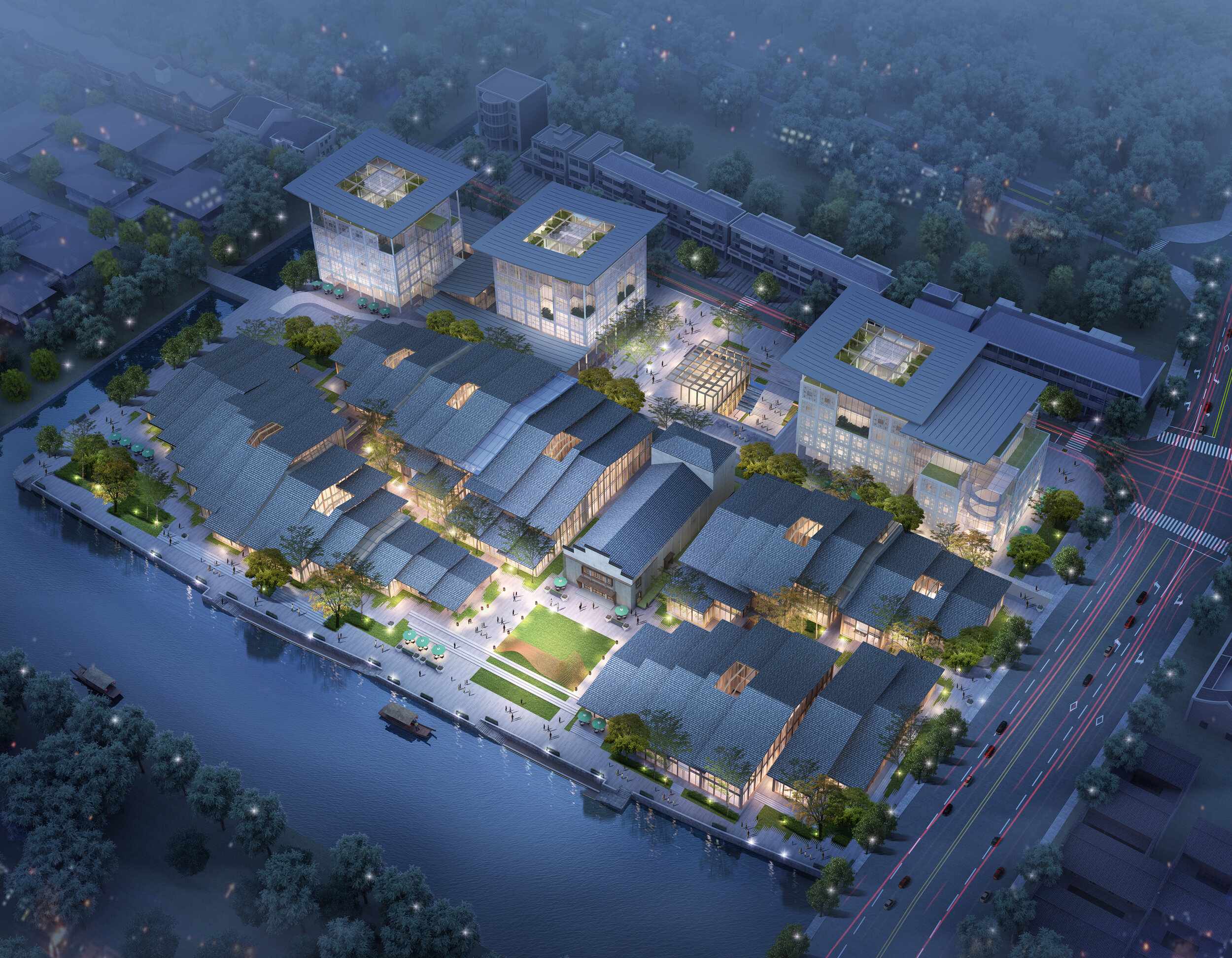A successful neighbourhood systems integration requires strengthening the synergies and interconnections between existing subsystems of a city in an effort to add value to the whole urban system.
Looking at cities, we can see that often, essential urban functions are managed in isolation of each other and that the predominant urban development model is outdated, not in tune with the different trends and adding to present crisis with approximately three quarters of resource use and greenhouse gas emissions coming from cities. Yet, according to the International Resource Panel Report Weight of Cities, optimising systems and creating cross-sector synergies between buildings, mobility, energy, better urban design and changing urban lifestyles can reduce greenhouse gas emissions and resource use by up to 55 percent.
Focusing on the three subsystems transport, buildings and energy is particularly important, since they are essential services and as such part of the backbone of making our cities function, but they are also amongst the most resource and carbon intense sectors. Since approximately 70 percent of 2050’s urban infrastructure is yet to be built, taking an integrated, holistic approach that spurs a transition from our linear economic models to a more circular one, holds the potential to both preserve and increase the well-being of a growing urban population and tackle environmental crisis linked to presently unsustainable consumption and production patterns.
Furthermore, the benefits of integrating urban systems are a more effective management of resources between sectors and a greater urban systems performance at less cost. Thereby, smart technologies can help cities meet the challenges of efficiency and systems integration.
TAKE ACTION
plan for seamless mobility
Mobility is the lifeline of neighbourhoods. Connectedness ensures that all residents can fully enjoy their public realm, local parks, health and education, libraries and other civic assets. Mobility networks make cities what they are – linking communities, opening up opportunities and establishing the conditions for economy to flourish.
Next strategy:





